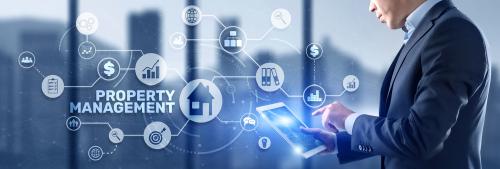How Embracing Lease Solutions Will Shape the Future of Property Management

The property management industry is continuously evolving, driven by advancements in technology and the ever-changing needs of property owners and tenants. One significant development in recent years is the increasing adoption of lease management solutions. These solutions enable property managers to streamline their operations, offer enhanced services to their clients, and ultimately drive greater success for their property portfolios. This article explores how property managers can embrace lease management solutions to create a more efficient and client-centric approach to property management.
- Understanding Lease Management Solutions Lease management solutions comprise software and services designed to automate, centralize, and streamline various aspects of lease administration, such as tracking lease terms, critical dates, rent collection, tenant relations, and property maintenance. These solutions help property managers to minimize errors, save time, and provide a better experience for their clients.
- Benefits of Lease Management Solutions
- Improved efficiency: Automation of manual tasks allows property managers to allocate their resources more effectively, leading to increased productivity and reduced operating costs.
- Enhanced client service: Centralized lease data enables property managers to provide clients with real-time insights, better communication, and faster issue resolution.
- Accurate and up-to-date information: Lease management software ensures that all lease data is accurate, organized, and easily accessible, reducing the risk of errors and discrepancies.
- Data-driven decision-making: Comprehensive reporting and analytics features enable property managers to make informed decisions and optimize property performance.
- Key Features of Lease Management Solutions
- Lease tracking and administration: Automatically track lease terms, critical dates, rent increases, and expirations, simplifying lease management and reducing the risk of missed deadlines.
- Financial management: Manage rent collection, security deposits, and reconciliations, providing clients with regular financial reports and insights.
- Tenant relations: Streamline communication and issue resolution with tenants, promoting tenant retention and satisfaction.
- Maintenance and repairs: Coordinate and oversee property maintenance and repairs, ensuring timely completion and minimizing downtime.
- Compliance: Stay informed about legal and regulatory requirements, ensuring that the property and its operations remain compliant.
- Choosing the Right Lease Management Solution To select the best lease management solution for their needs, property managers should consider factors such as:
- The size and complexity of their property portfolio
- The specific needs and requirements of their clients
- The level of customization and scalability offered by the solution
- The integration capabilities with existing software and systems
- The cost of implementation, training, and ongoing maintenance
Conclusion: Embracing lease management solutions is essential for property managers looking to stay competitive in the rapidly evolving property management industry. By adopting these advanced tools, property managers can optimize their operations, provide enhanced services to their clients, and drive greater success for their property portfolios. The future of property management lies in leveraging technology to create more efficient, client-centric, and data-driven processes that foster long-term success.



